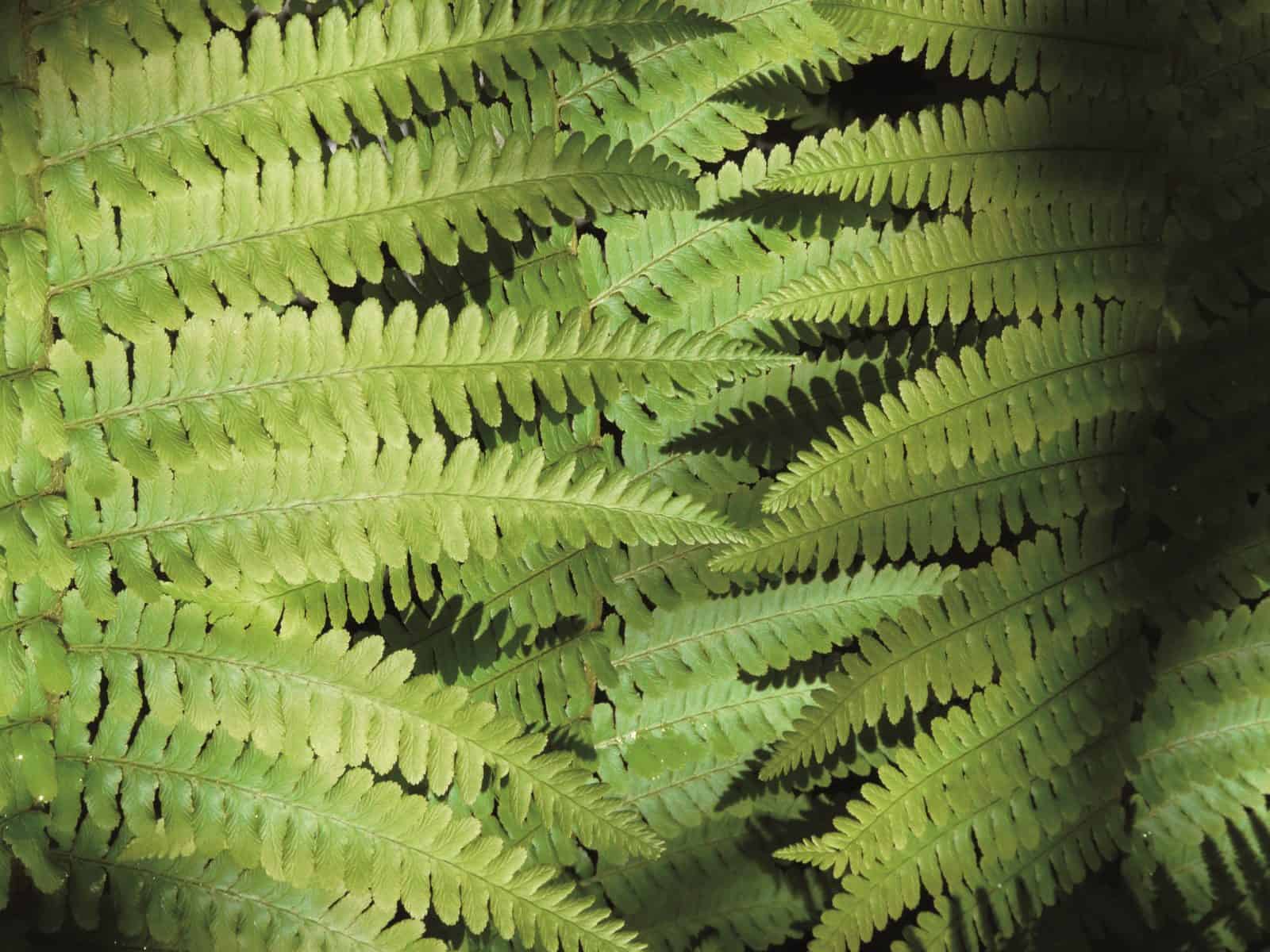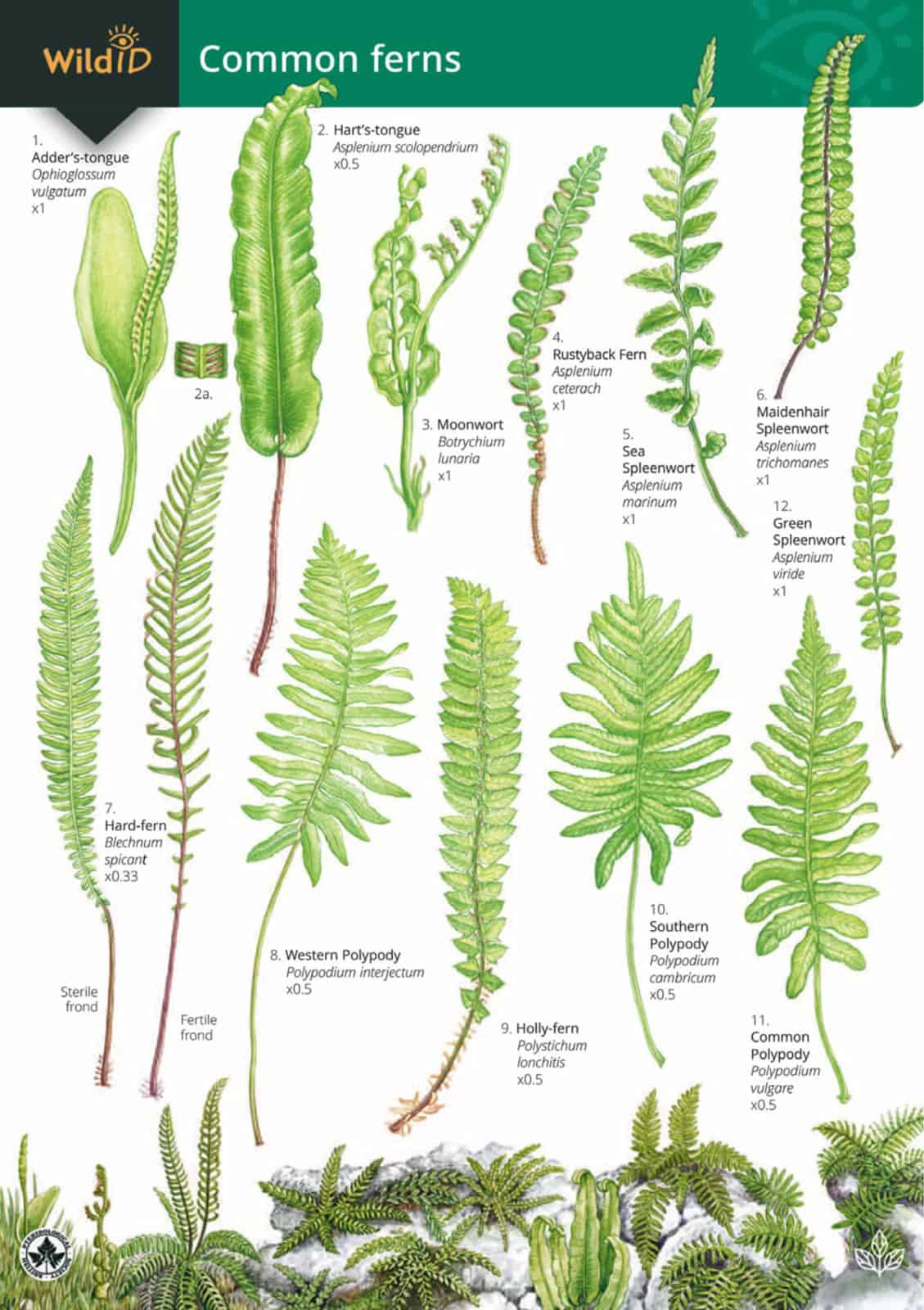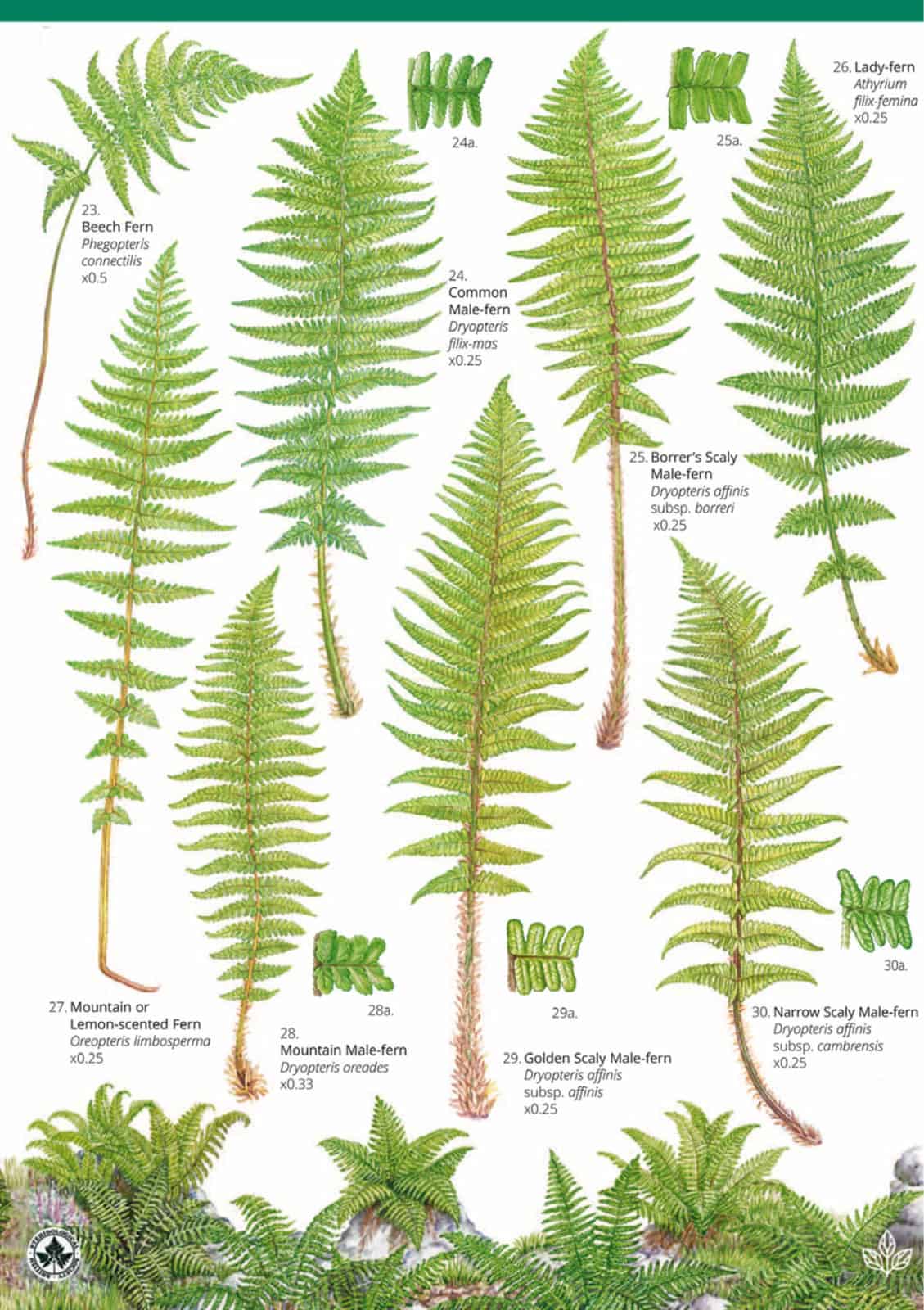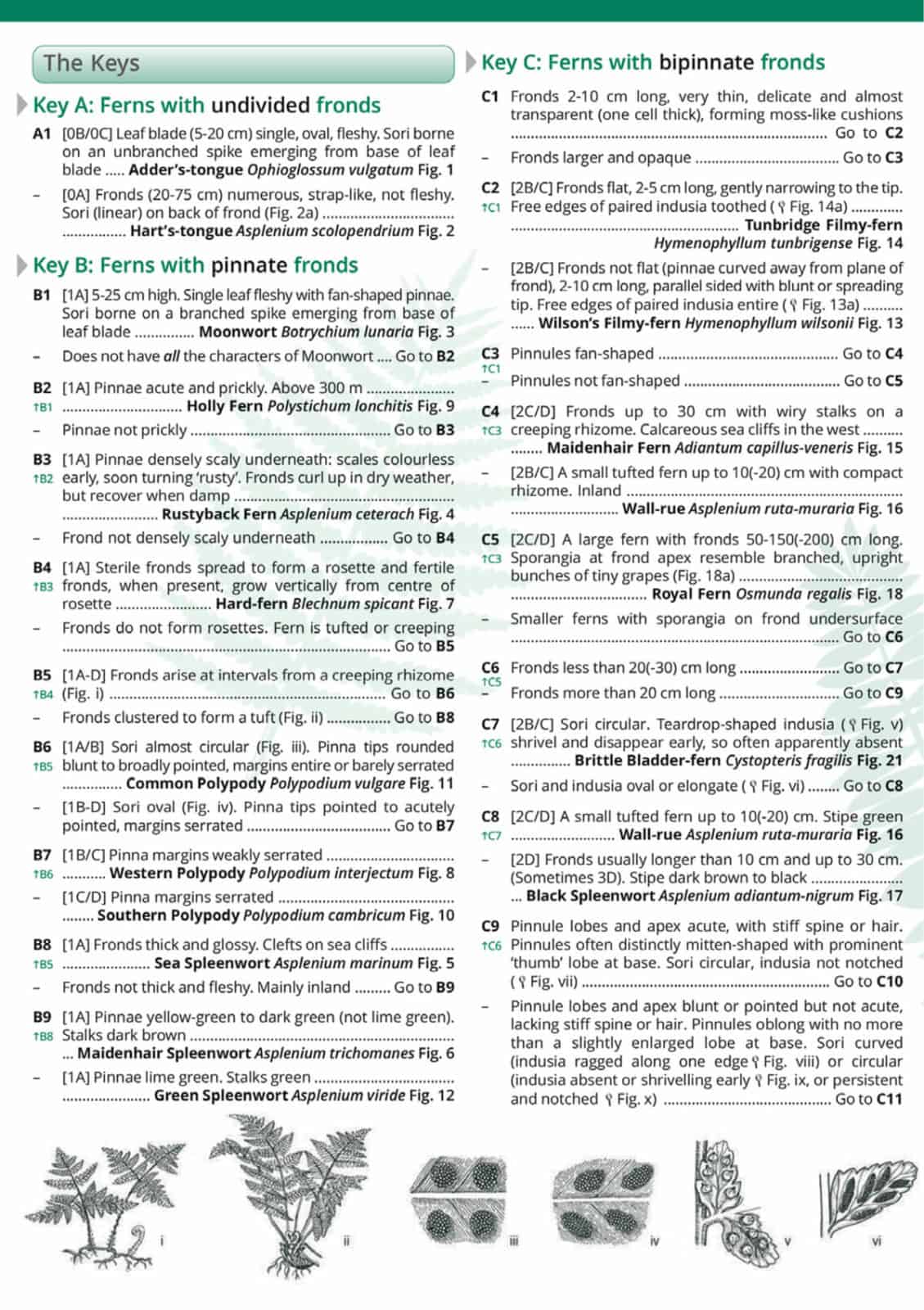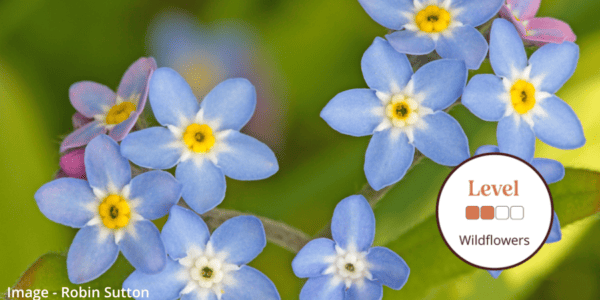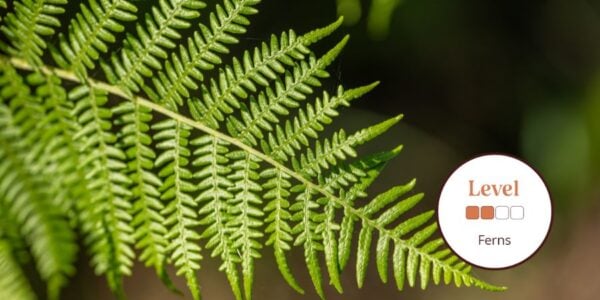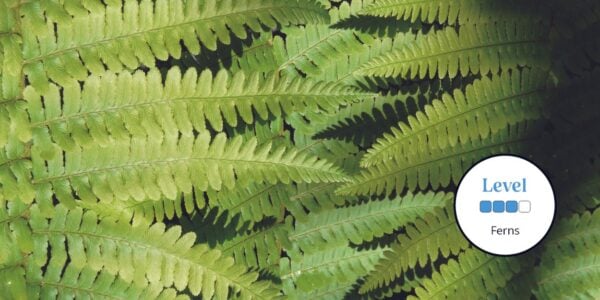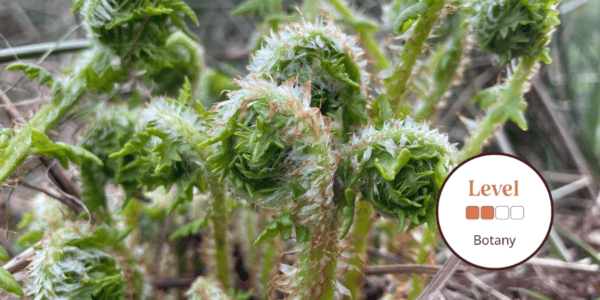Ferns guide
From hart’s tongue to hard fern, from oak fern to wall-rue, the FSC Ferns guide features the commonest 38 species of ferns found in Britain and Ireland.
Text on the reverse side includes a straightforward identification key, accompanied by a precise glossary of the technical terms. A visual guide to frond architecture and line drawings of key features are also included. Frond structure and shape are key to fern identification. In some species, the spore-bearing structures on the underside of the fronds are further useful clues.
Ferns and allied plants appeared 400 million years ago, around 250 million years before the flowering plants. Although ferns lack flowers and seeds, they are not primitive. Instead they spread through spores, a reproductive process shared with mosses and liverworts. The most visible parts are the spore-bearing leaves, or fronds.
Fern spores are very small, so are carried long distances on the wind. They can survive for decades in the atmosphere or the soil. Unlike a seed, a fern spore does not give rise to a new plant. Instead it becomes a tiny scrap of green tissue known as a prothallus, upon which the male and female organs occur and where fertilisation takes place. This union results in the new fern (the sporophyte) which has the spore-bearing leaves known as ‘fronds’.
Fronds, which come in a range of dividedness from plain to lacy, are borne on a rhizome. Fern rhizomes take two distinct forms, either horizontal-creeping or vertical-compressed, from which fronds arise. There are variations in frond design, spore production features, habitat and rhizome type. All are useful for fern identification. Only one tool is required, a x10 hand lens.
Our popular ferns field guide measures 24.5cmx17.5cm and is extremely lightweight and compact, and the perfect shell identification chart for popping in your bag when heading outside. All wildlife identification guides are laminated, meaning they are showerproof for use outside. and can be wiped clean.

